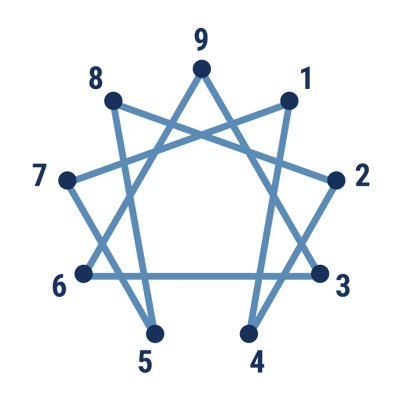A recent article in The Washington Post says that there is a lot of misinformation about how habits are formed and what it takes to change them. The author, Wendy Wood, reveals the new thinking about habits in her article called, the 5 Myths about Habits.
Myth #1: A lack of willpower is to blame for our bad habits. The article says that “In truth, many of our behaviors are not guided by self-control, rather, they are things we do automatically without even thinking about them. Studies show that people with high levels of self-control aren’t constantly battling temptation – they’re simply relying on good habits.” Bottom Line – Don’t focus on the “lack of …” rather, focus on what supportive behaviors you can do that create the desired results you want.
Myth #2: Apps can help us change our behavior. The article says that “Apps simply monitor what you’re doing, which doesn’t necessarily lead to behavior change.” Bottom Line – If an app helps you change your behavior, use it; if not, be wary of how much time you invest in using it.
Myth #3: It takes 21 days to form a new habit. Really? I’ve taught this for years! The author states that this idea came from a book written in the 1960s. Well neuroscience and behavioral research has learned a lot since the 60s and what the latest research has found is that it depends on what habit you are trying to change as to how long it takes. Simple behavioral changes might take 18 days while “others, such as exercise, needed closer to a year of repetition. On average, researchers found that it took an average of 66 days for a new habit to form.” Bottom Line – what is more important than repeating an action for a certain number of days is establishing a routine, like going to the same exercise class on the same day and time.
Myth #4: The best way to change a habit is to set realistic goals. While setting goals is motivational, what is more impactful is to change your environment. Ms. Wood writes “Modifying our environment lets us remake our behavior without over-relying on willpower. Unwanted habits can be disrupted by changing the cues that activate them.” Here are some examples from research studies – people who weigh less keep fruit out on their kitchen counters; children without a TV in their room have a lower BMI than children with; and people eat less unhealthy food if they put a lid on the candy jar at the office. Bottom Line – If you want to change a habit, make some changes to your environment.
Myth #5: Learning about the benefits of new habits helps change our behavior. The author states that “research has repeatedly shown that educating people about the benefits of a behavior does not translate to changing habits. Habits are formed through doing. Long-term memory systems involved in habit formation don’t shift with new resolutions.” Bottom Line – In changing habits, “We learn not by learning, but by doing.”
So what habit do you want to change in 2016? Tell us on our Facebook page and we’ll all support each other this year.



